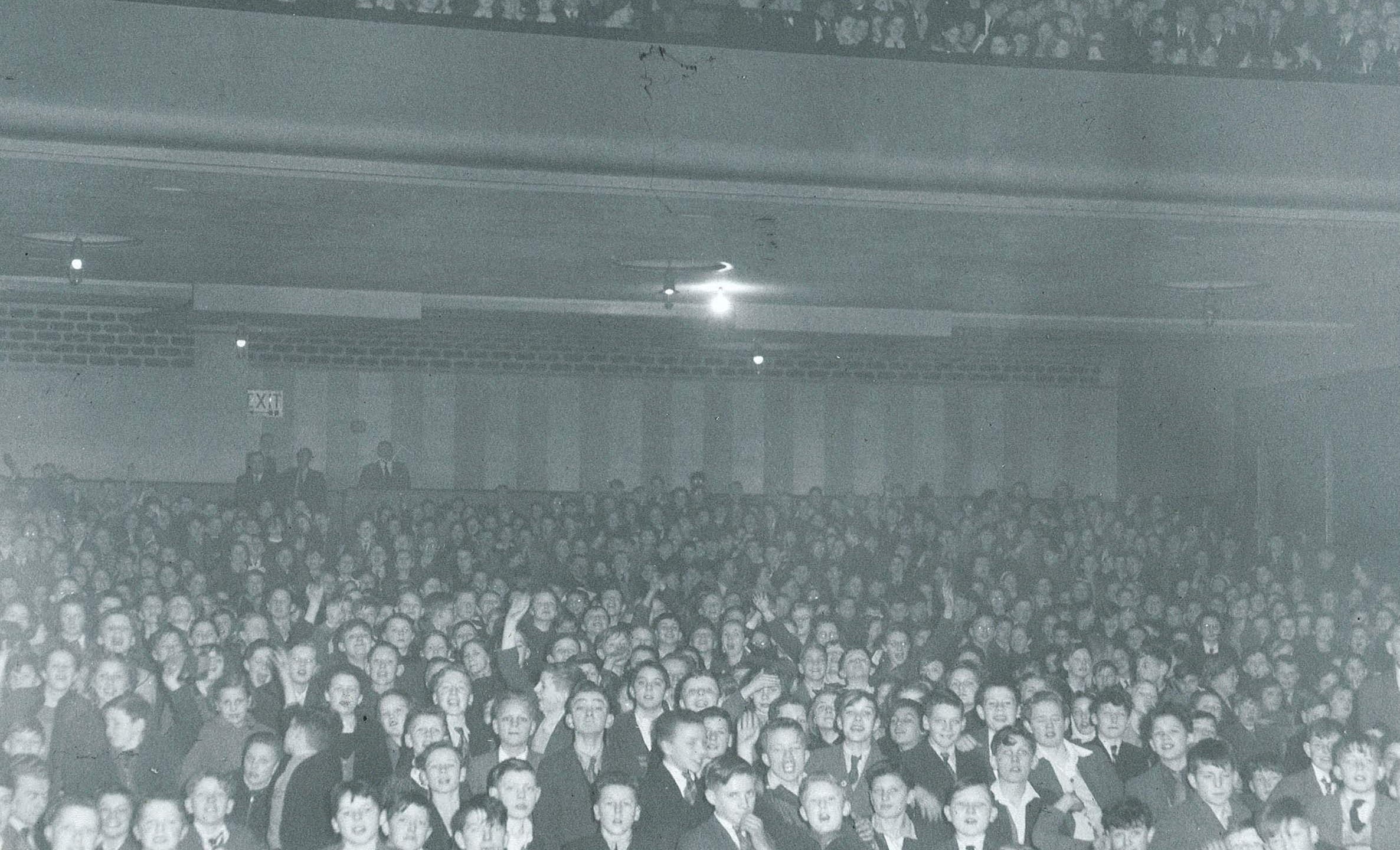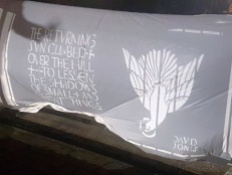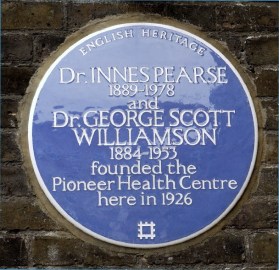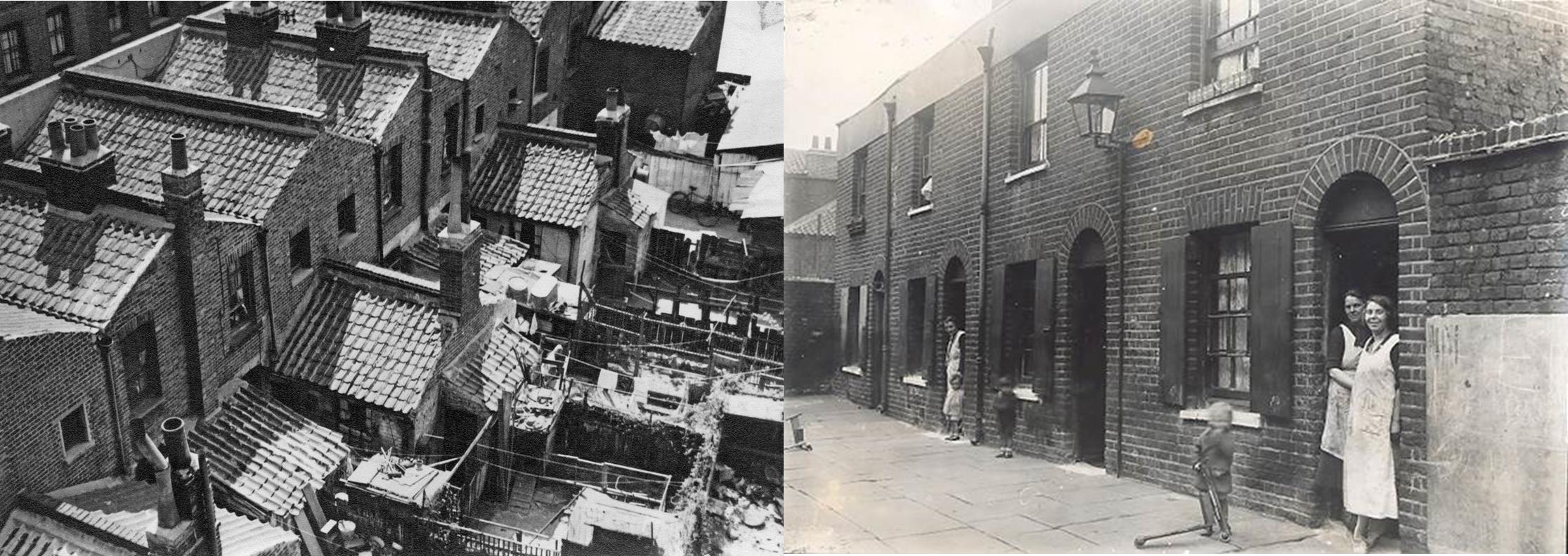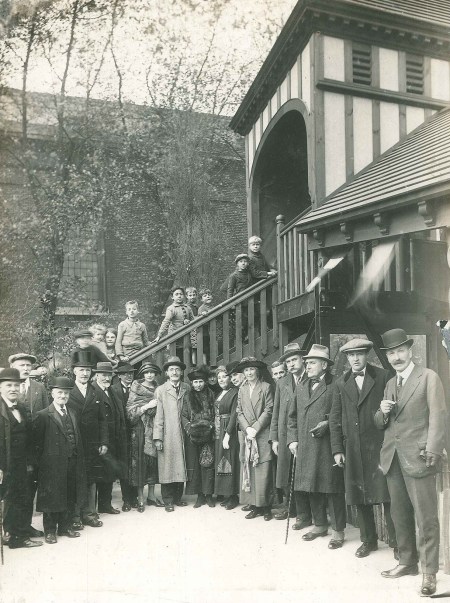By Lisa Soverall, Heritage Officer
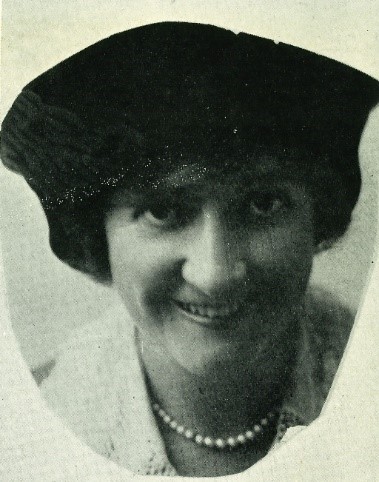
As we celebrated International Women’s day this month, we wanted to remember a local female legend. Bella Burge was one of the UK’s first female boxing promoters. After the death of her husband, Dick Burge in 1918 she single-handedly managed The Ring boxing arena in Blackfriars. She put grassroots boxing on the national stage and silenced those who felt boxing was no place for a woman.
Born Belle Orchard in 1877 in the USA to British parents, Bella moved to the UK aged four and by the age of 12 was performing in shows in London’s music halls. She went on to have a successful career in the theatre, travelling all over the world. It was during one of her stage shows in London, in 1901, that Bella met boxing champion Dick Burge. They fell in love and married the same year.
Keen to stay in the boxing world, Dick found and bought the old derelict Surrey Chapel on Blackfriars Road with the intention of converting it into a boxing stadium. At a time when boxing had a reputation for rowdiness and trouble and against the backdrop of prejudice from local businesses, it seemed doubtful that the Burges would be granted a licence to hold boxing matches. Dick Burge’s former prison sentence played a big part in the decision taken against him from the Ecclesiastical Commissioners, who rebuffed his requests for months.


Seeing this, Bella decided to approach the Commissioners herself without Dick’s knowledge and, plainly speaking told them exactly how she and Dick wanted to use the chapel and how important it was to them both. Days later, the lease was granted and Dick was ecstatic at the news. Whether or not it was Bella’s plea to the Commissioners that sold the deal is not clear, but she never told him about it and congratulated him on securing the lease.
Bella sought the help of the homeless in clearing out the chapel who were in turn paid in hot meals. On 14th May 1910, The Ring was opened and the 14ft boxing square welcomed Dick Burge, aged 45 in an exhibition match. Despite her husband’s feelings that boxing “was no place for a woman”, Bella defied him and watched the match in the arena.
The Ring, however, was not filling the stadium despite Dick diversifying the entertainment output. On seeing poor children on the streets around Blackfriars, Bella had an idea to run a soup kitchen with the help of loyal friend and entertainment legend Marie Lloyd. The project was successful in not just feeding poor children but giving publicity to The Ring, now growing in popularity and attendance.
Bella was keen for The Ring to be a venue for the working classes. She felt that the ‘Nobs’ (wealthy) had lots of shows they could go to but poorer people could not afford to attend them, despite the fact that boxers, in the main, came from poorer families. Bella had envisioned an arena for “the cloth cap and muffler brigade” and kept entrance fees as low as possible.
However, the venue began to attract unwanted customers. One evening at The Ring, whilst secretly watching her husband fight off a group of men, Bella would witness violence in all its rawness that traumatised her, but would also equip her with the skills that she would later need to deal with similar incidents. Her mantra thereafter in dealing with incidents would be “to act, not argue; to be first and to be firm”. From then on security would be crucial at The Ring.

The Ring was hosting world-class boxing and became the first venue to be reported by a national newspaper soon followed by others, another coup influenced by Bella. She dropped hints about the lack of newspaper reporting, and this influenced Dick to persuade the rags. However, boxing was still a sport that was not associated with women, who were prevented from entering many boxing arenas. Bella was the only female who went to boxing matches in the country and that was only for the purposes of business. Bella wanted to see more women going to boxing matches and found another angle that would get women into boxing arenas. She persuaded a newspaperman that women could attend boxing matches as people who could appreciate attractive male boxers, not necessarily as boxing fans. She organised for a group of society women to see the French boxer, Georges Carpentier:
“Bella Burge was proved so very right. Once it was known that a party of women, amongst them the promoter’s wife and several famous stars of the stage and music halls, was defying the unwritten law against women attending boxing tournaments, something like a minor rebellion began in countless homes. Wives, sweethearts, sisters, all pestered their respective male opposites to be taken to the show”.
– from Bella of Blackfriars by Leslie Bell
Bella lived in some luxury and mixed in wealthy circles, always remaining good friends with Marie Lloyd and demonstrating her loyalty to her on many occasions particularly with any man who mistreated her by scolding and shaming them. However, in 1918 Bella’s life was to change forever when Dick died of pneumonia and her promise to him to run The Ring by herself was now a reality. She began by addressing the crowds in the boxing enclosure and told them of Dick’s wishes and her decision. The crowd wholeheartedly supported Bella’s intentions with rowdy applause and chants. The occasion was remarkable given that women (those over 30) had only just been given the vote.
Bella introduced lots of changes, including cleaner dressing rooms and insisted that boxers wear dressing gowns. In its heyday, The Ring was attracting the cream of boxing talent. The crowds however, were infamous, sometimes throwing apple cores and other food remnants into the ring, particularly if a bad decision was made by the referee. On one occasion an apple core hit the timekeeper on the back of the head which knocked him out, much to the delight of the crowd who continued to count him out.
It was still a ‘man’s world’ though, and Bella would put the skills and experiences she had witnessed when Dick was alive to test on a daily basis. She made it her business to familiarise herself with the boxers, the behaviour of the crowds and the boxing fraternity and soon had a reputation as someone not to be trifled with, particularly when it came to reprimanding the dockers and porters.

The Ring hosted many professional fights over its mostly successful 30 year history and was visited by The Prince of Wales in 1928 for the venue’s 25th anniversary. The Prince complimented Bella on being able to keep the venue going, even though it wasn’t the favoured arena for the elite of the boxing world. Despite attempts to keep the local working class community coming to The Ring, the arena was becoming financially unviable and Bella was reduced to pawning her jewellery to pay staff. In the end the venue suffered bomb damage in 1940 and was beyond repair.
Bella retired from boxing management and lived the rest of her life in her central London flat. As a young girl she had financial independence in the theatre world and learned to be self-sufficient as an older woman boxing promoter at a time when women were still dependent on men for their income. Bella’s life was celebrated on the BBC television programme ‘This Is Your Life’ in 1958, attended by Marie Lloyd’s daughter and other celebrities. She died in 1962 but is remembered here as a trailblazer in more ways than one.
Sources:
- Bella of Blackfriars by Leslie Bell (1961, Odhams Press Ltd)
- British Newspaper Archive
- Southwark Archives





















































































































































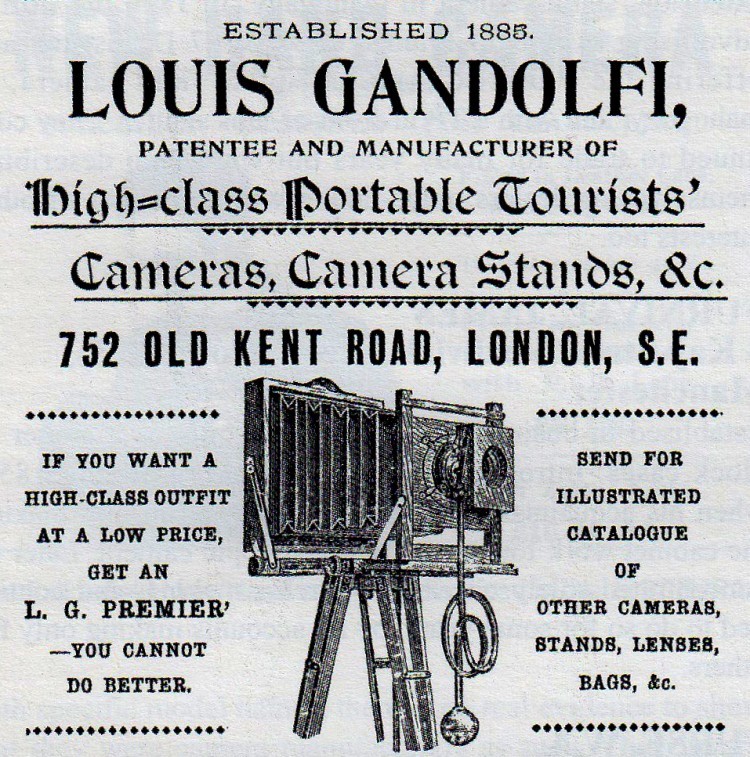




























































































































































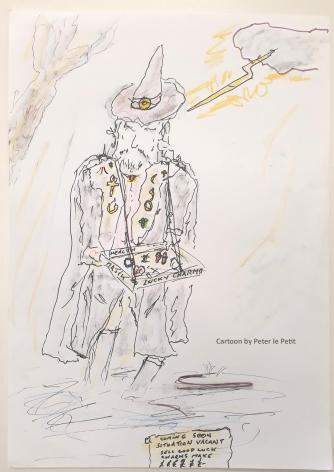










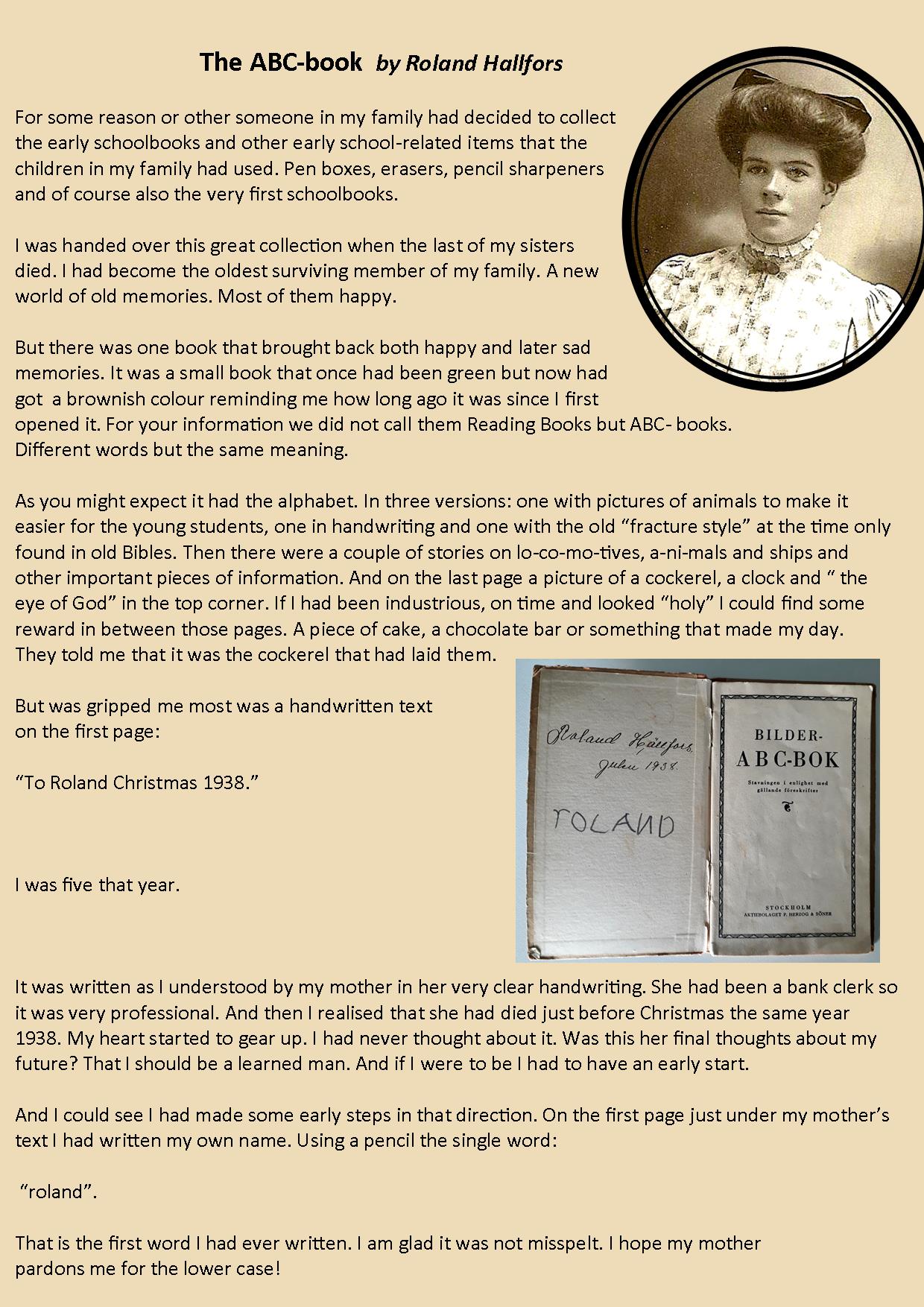



















 Pre-war keep fit classes in the Long Room
Pre-war keep fit classes in the Long Room








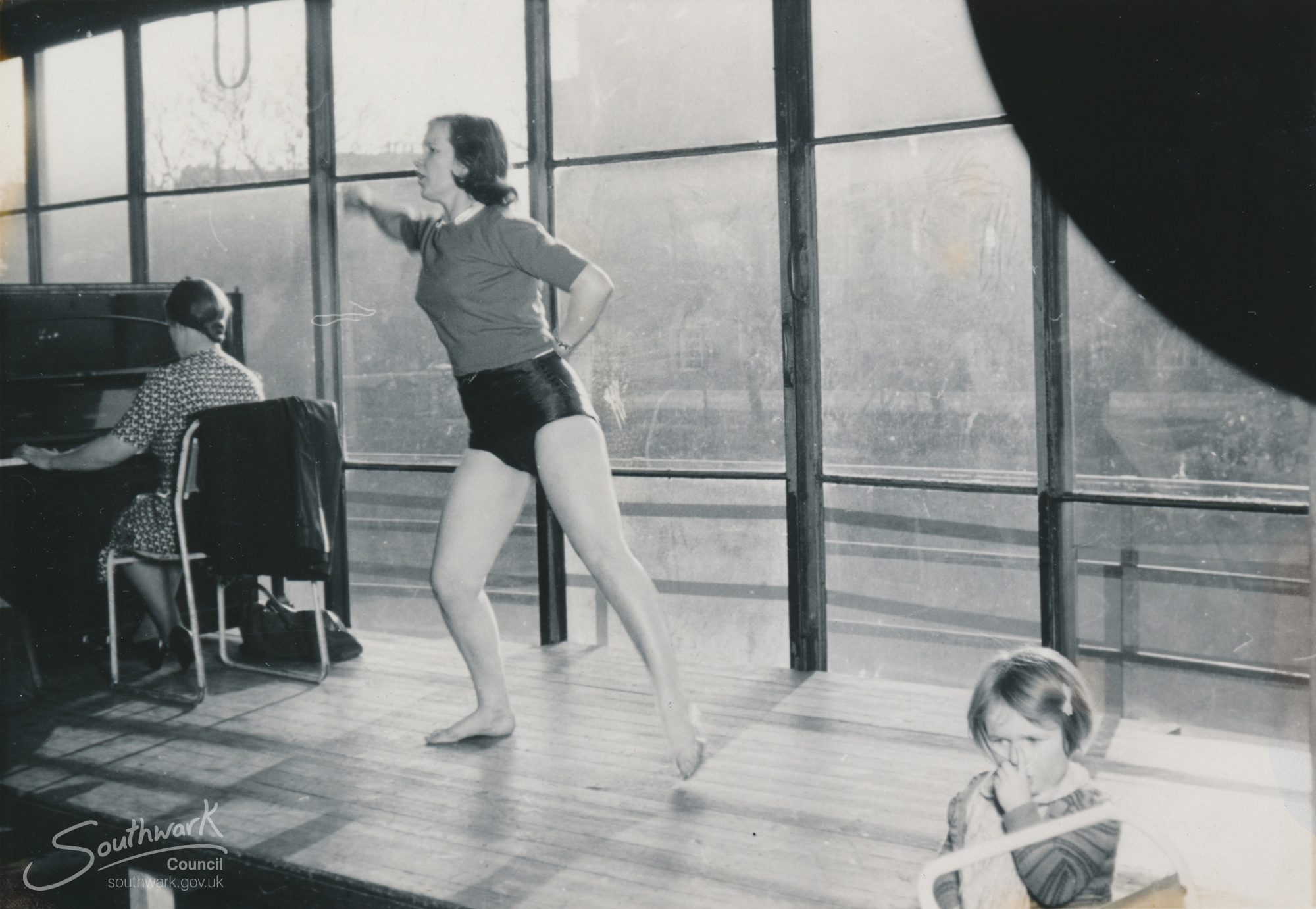








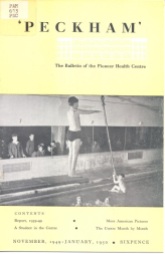





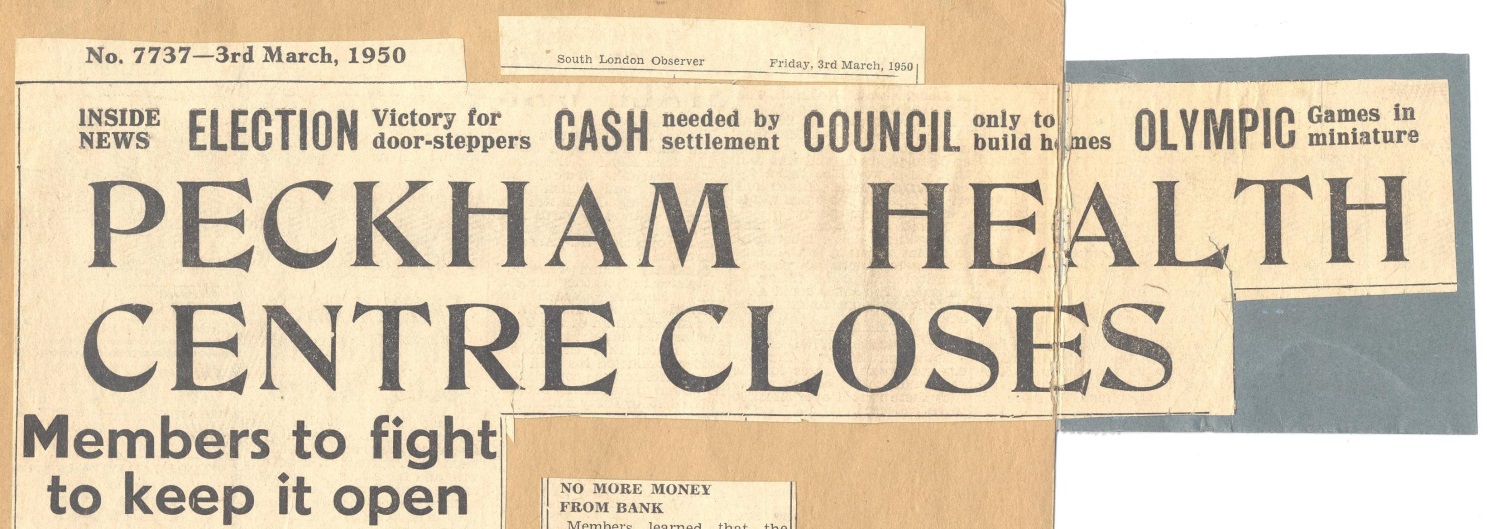




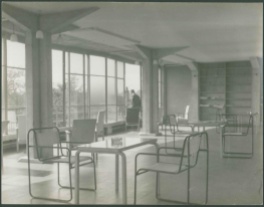














 ‘…sleds, sliding with skeetes, a bull-baiting, horse and coach races, puppet plays and interludes, cooks, tipling and other lewd places, so that it seemed to be a bacchanalian triumph, or carnival on the water’
‘…sleds, sliding with skeetes, a bull-baiting, horse and coach races, puppet plays and interludes, cooks, tipling and other lewd places, so that it seemed to be a bacchanalian triumph, or carnival on the water’






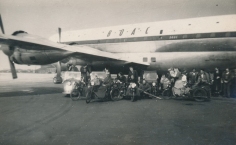













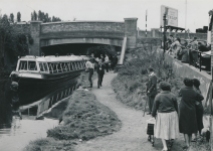






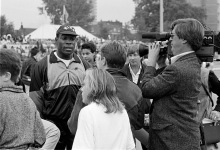



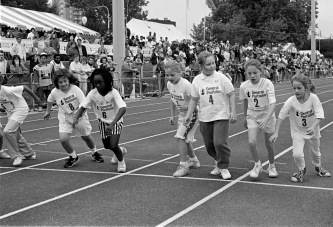



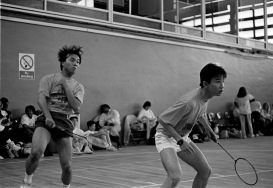


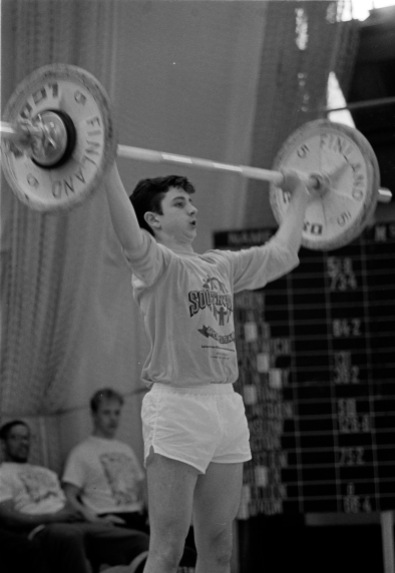


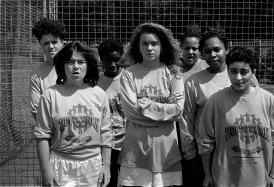







































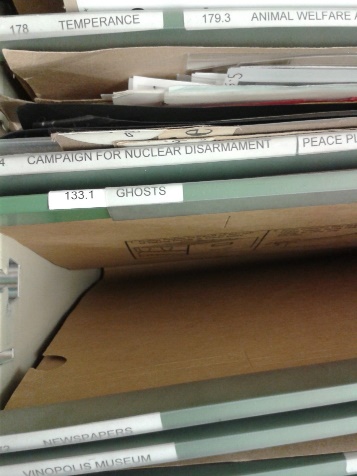















 ots of fascinating local history. I reached out to the lovely folks here to get involved, and they have kindly welcomed me into their family as a volunteer.
ots of fascinating local history. I reached out to the lovely folks here to get involved, and they have kindly welcomed me into their family as a volunteer.



